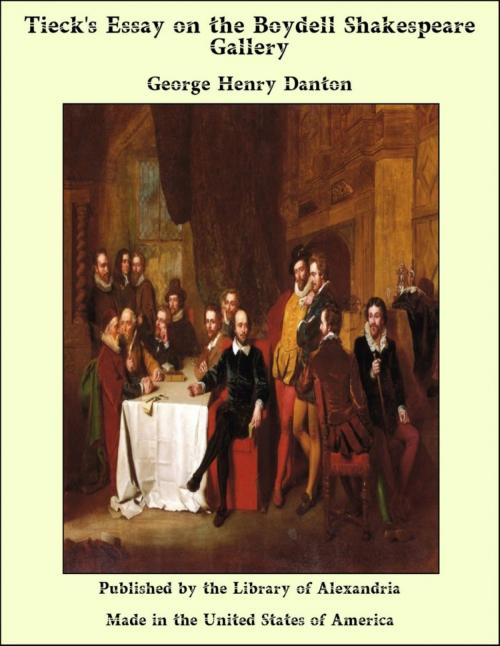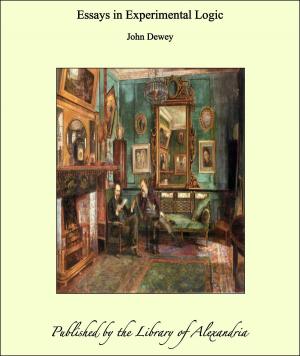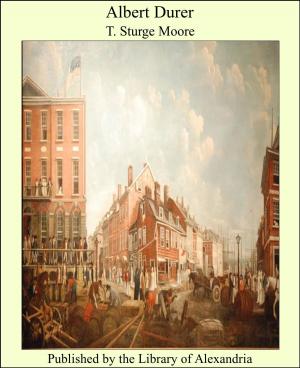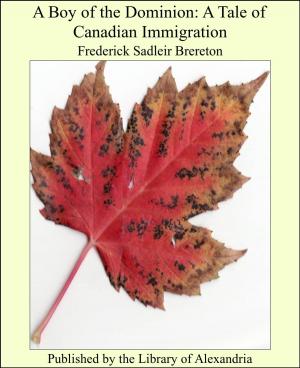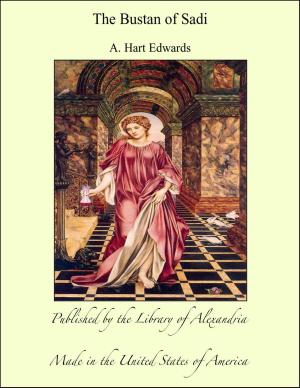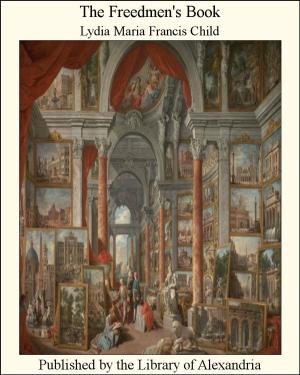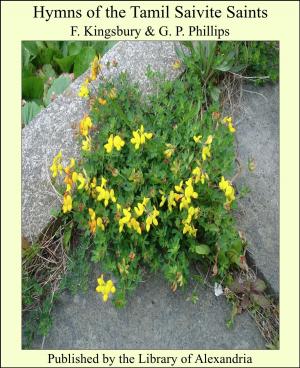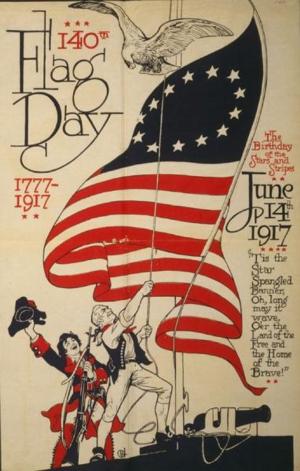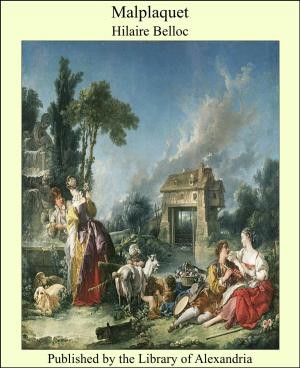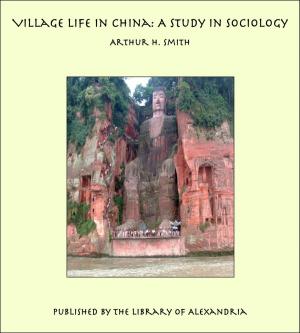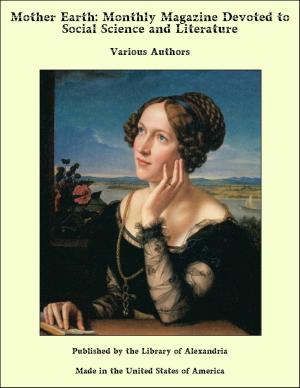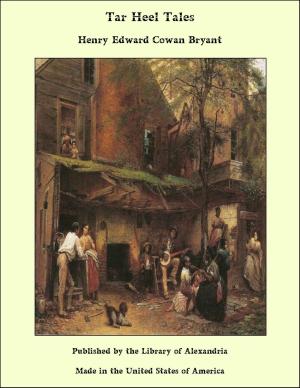Tieck's Essay on the Boydell Shakespeare Gallery
Nonfiction, Religion & Spirituality, New Age, History, Fiction & Literature| Author: | George Henry Danton | ISBN: | 9781465587961 |
| Publisher: | Library of Alexandria | Publication: | March 8, 2015 |
| Imprint: | Language: | English |
| Author: | George Henry Danton |
| ISBN: | 9781465587961 |
| Publisher: | Library of Alexandria |
| Publication: | March 8, 2015 |
| Imprint: | |
| Language: | English |
The material which was originally pland for my monograf in the Ottendorfer series has since been independently publisht by Steinert in his dissertation and book on Tieck's color sense and by O. Fischer in an article, "Ueber Verbindung von Farbe und Klang" in the Zeitschrift fuer Æsthetik. These three works renderd the publication of my material superfluous, made a change of plan necessary and the result is that my monograf has been very much delayd in appearing. As far as I know, there is no other study of Tieck's first critical paper. I found it worth while to do this monograf because the comparison with the original engraving brought out so many interesting facts, threw light on Tieck's erly critical method, explaind his taste, showd his use of sources and above all, contradicted the positiv assertion of Haym that Lessing's influence is nowhere discernible. The meny interesting facts about the gallery itself that came to light in the course of the paper, the meny questions about it which I was unable to solv, may perhaps become the matter of another article. The "Gallery" is for us now a revenant of a past and somewhat impossible generation. A certain air of English commercial roastbeefism clings to it. It is an England, the art of which knows nothing of Constable and still less of Turner, an England which loves Shakspere without reading him—as Tieck suspected—and whose gallofobia does not recognize the det to France and the French elements in this very series. As an interpretation of Shakspere, it is no more than on a plane with Colly Cibber. Tieck saw this and felt it, but could not make clear to himself what was wrong with it. The plates belong in parlors of the haircloth age, where indeed, they may still often be found. It is before the day of the painted snowshovel and the crayon portrait, but the delicacy of the Adams' decorations has gone out and the new strength of Romanticism has not come in. There is surely no tuch of the Elizabethan or Jacobean spirit.
The material which was originally pland for my monograf in the Ottendorfer series has since been independently publisht by Steinert in his dissertation and book on Tieck's color sense and by O. Fischer in an article, "Ueber Verbindung von Farbe und Klang" in the Zeitschrift fuer Æsthetik. These three works renderd the publication of my material superfluous, made a change of plan necessary and the result is that my monograf has been very much delayd in appearing. As far as I know, there is no other study of Tieck's first critical paper. I found it worth while to do this monograf because the comparison with the original engraving brought out so many interesting facts, threw light on Tieck's erly critical method, explaind his taste, showd his use of sources and above all, contradicted the positiv assertion of Haym that Lessing's influence is nowhere discernible. The meny interesting facts about the gallery itself that came to light in the course of the paper, the meny questions about it which I was unable to solv, may perhaps become the matter of another article. The "Gallery" is for us now a revenant of a past and somewhat impossible generation. A certain air of English commercial roastbeefism clings to it. It is an England, the art of which knows nothing of Constable and still less of Turner, an England which loves Shakspere without reading him—as Tieck suspected—and whose gallofobia does not recognize the det to France and the French elements in this very series. As an interpretation of Shakspere, it is no more than on a plane with Colly Cibber. Tieck saw this and felt it, but could not make clear to himself what was wrong with it. The plates belong in parlors of the haircloth age, where indeed, they may still often be found. It is before the day of the painted snowshovel and the crayon portrait, but the delicacy of the Adams' decorations has gone out and the new strength of Romanticism has not come in. There is surely no tuch of the Elizabethan or Jacobean spirit.
